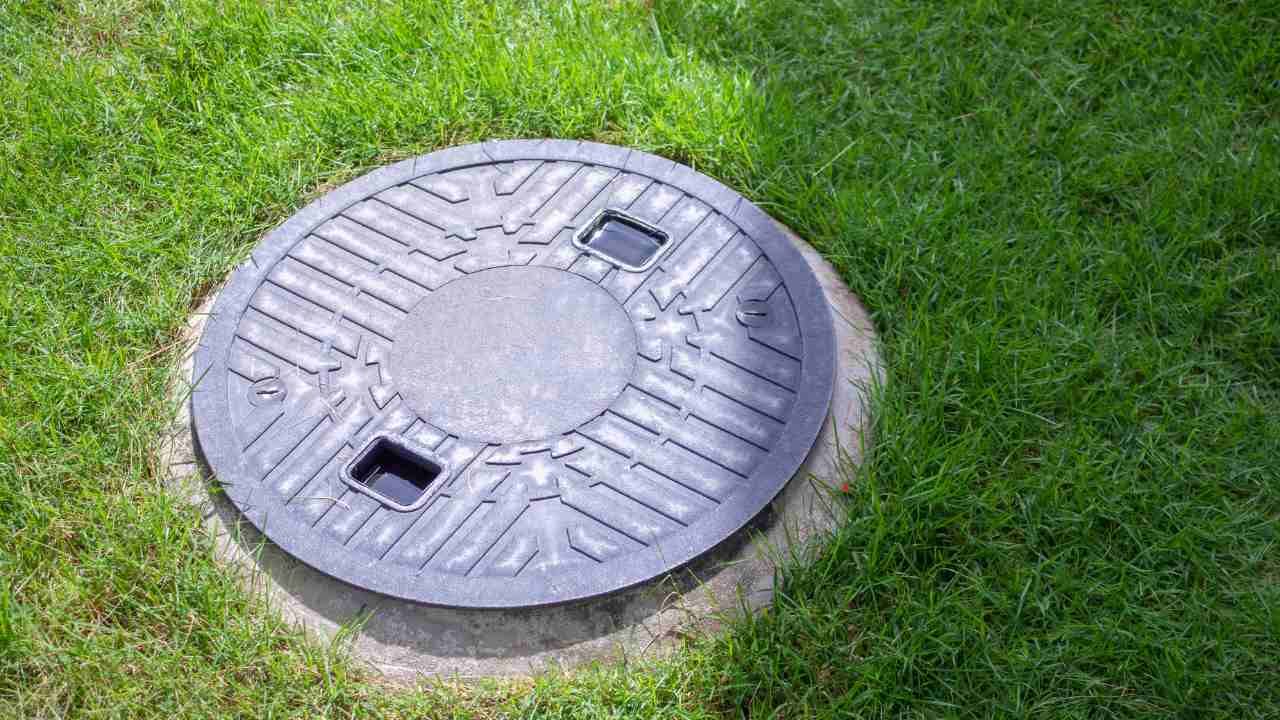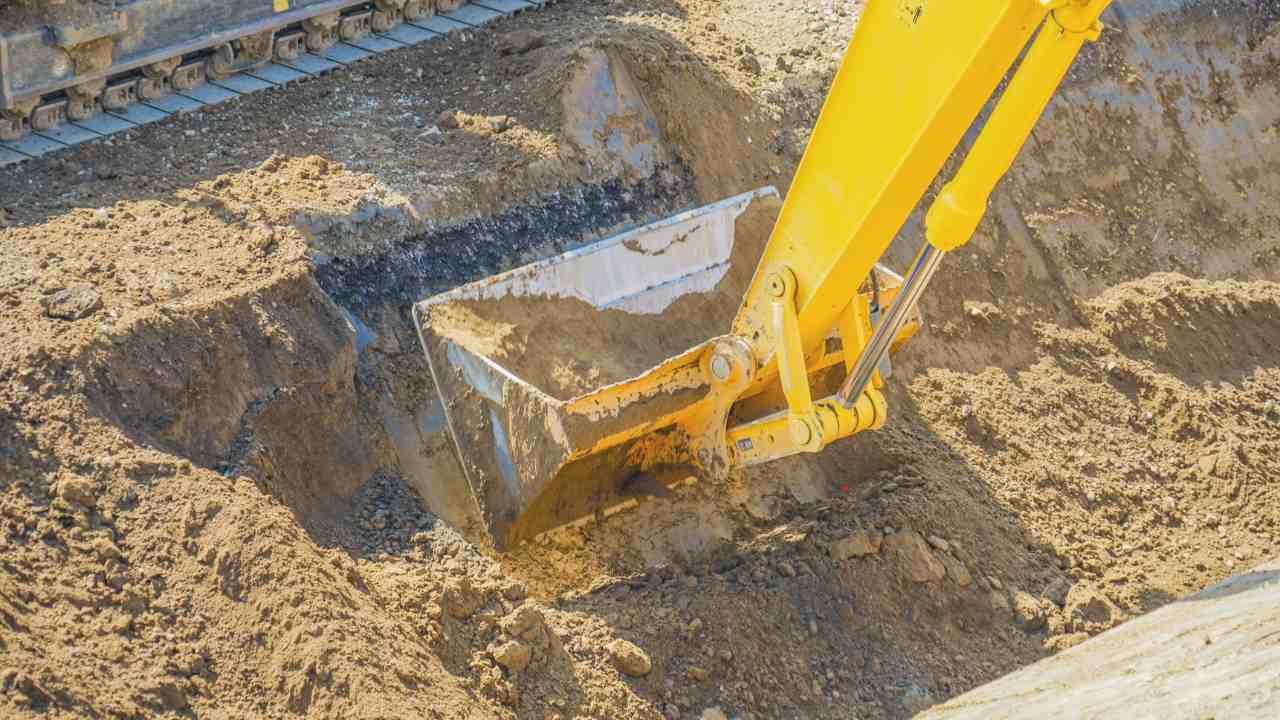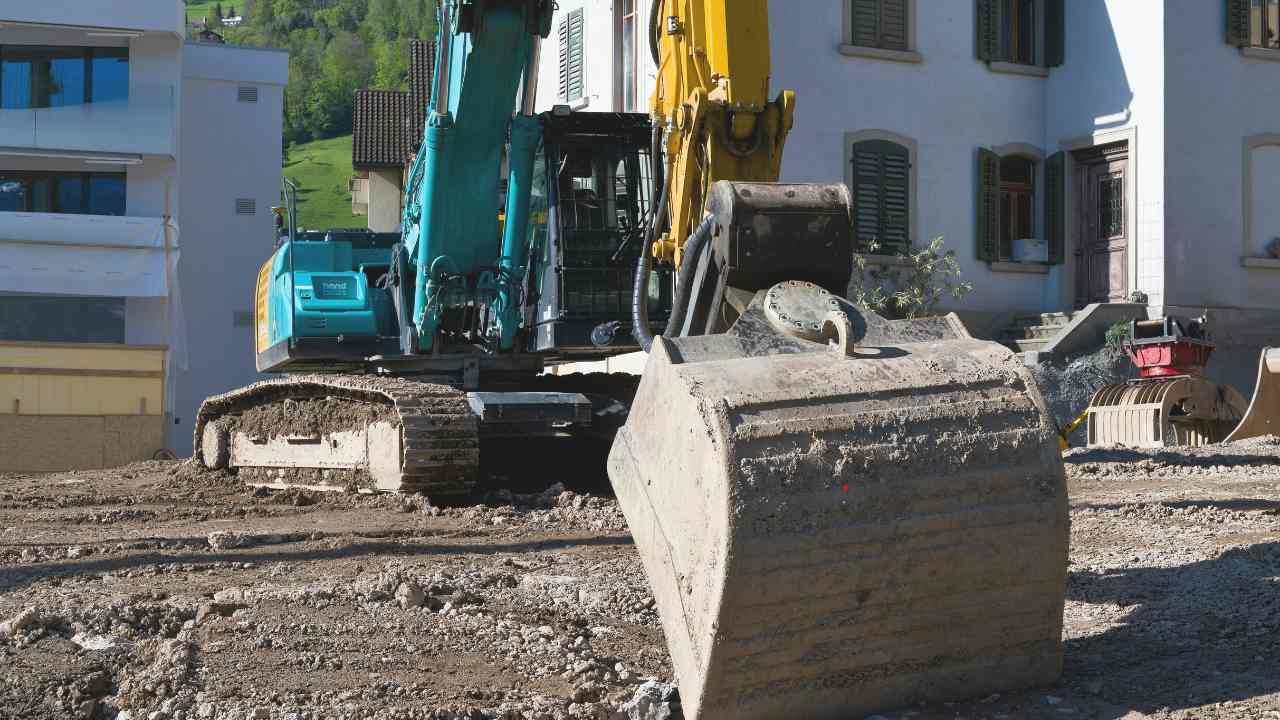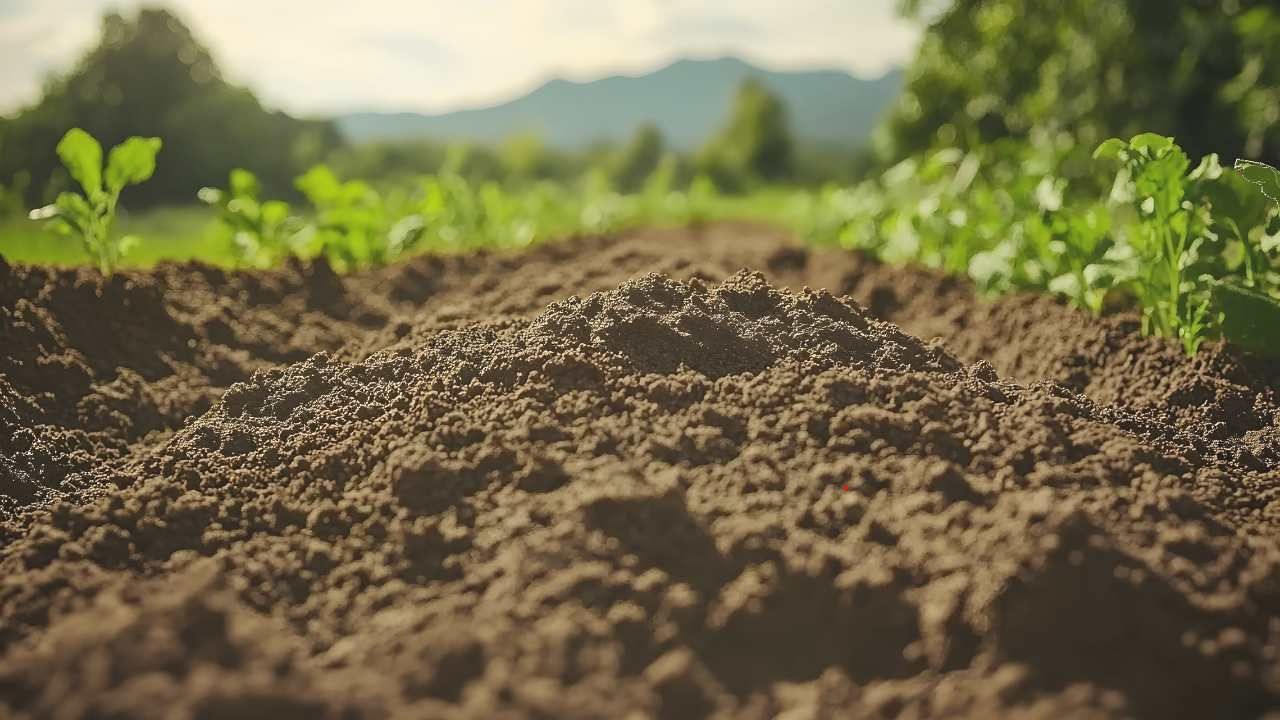What Happens After the Septic Tank Excavation Is Done?

The heavy equipment’s gone, the hole is filled, and the chaos of septic tank excavation has passed—but what happens next? For homeowners, the real work begins after the digging stops. Understanding the post-excavation process can help you protect your investment, restore your yard, and ensure your new system works flawlessly for years to come.
In this post, we’ll walk you through what to expect after your septic tank excavation is finished, from inspections to landscaping, with expert advice on how to keep everything running smoothly.
1. System Inspection and Final Approval
Once the excavation is complete and your new septic system is in place, it’s time for inspections. This step is crucial. A local health or building department official will evaluate the work to ensure it complies with all local codes and environmental regulations.
Here’s what typically gets checked:
- Proper tank installation and pipe connections
- Correct drainage field layout
- Soil compaction and grading around the tank
- Overall system performance
You won’t be able to backfill the excavation site until the system passes inspection. If anything is off, it’ll need to be corrected before moving on.
2. Backfilling and Site Restoration
After the system gets the green light, the excavation site is backfilled—meaning soil is pushed back into the hole. This process is more precise than it looks. The soil must be compacted properly to prevent future settling, which can lead to dips in your lawn or even damage to your system.
In some cases, contractors might use different soil or gravel mixes to improve drainage. Don’t worry if the area looks slightly mounded—this is intentional. As the soil settles over the coming months, it will flatten out naturally.
3. Repairing or Rebuilding Landscaping
Let’s be honest—excavation takes a toll on your yard. Once the ground settles, it’s time to reclaim your outdoor space. Depending on the size of your project, you may need:
- Fresh topsoil to smooth out the surface
- New grass seed or sod
- Replanted shrubs or flower beds
- Gravel or pavers for access paths
If you had a particularly large excavation, consider working with a company that specializes in both excavation services and landscaping. That way, your yard can bounce back quickly and beautifully.
4. Long-Term Maintenance and Care
Now that your new septic system is operational, maintaining it is key. Regular maintenance prevents costly repairs and extends the life of your system. Here’s a basic care checklist:
- Pump your tank every 3–5 years to prevent solids from clogging the drain field.
- Avoid flushing non-biodegradable materials like wipes, grease, or hygiene products.
- Watch your water usage, especially during storms, to avoid overloading the system.
- Keep heavy vehicles off the system area to prevent damage to underground components.
Hiring a local expert in septic service Spencer MA ensures you’re getting the right guidance and timely maintenance specific to your region’s soil and regulations.
Case Study: From Construction Zone to Clean Slate
When the Johnson family in Spencer, MA hired Groundscapes Inc. to replace their aging septic tank, they expected a functional system—but were thrilled with the final result. After a seamless inspection and careful backfilling, the team helped them restore their backyard with fresh sod, mulch beds, and a new stone path. “You’d never know our yard was a construction site just a week ago,” Mrs. Johnson said. “Groundscapes Inc. went above and beyond.”
Ready for the Next Step?
After the excavation ends, your role is just beginning. Be proactive, maintain your system, and invest in your landscape’s recovery. If you’re looking for experts who can handle everything from install to restoration, reach out to a trusted provider in your area today.




